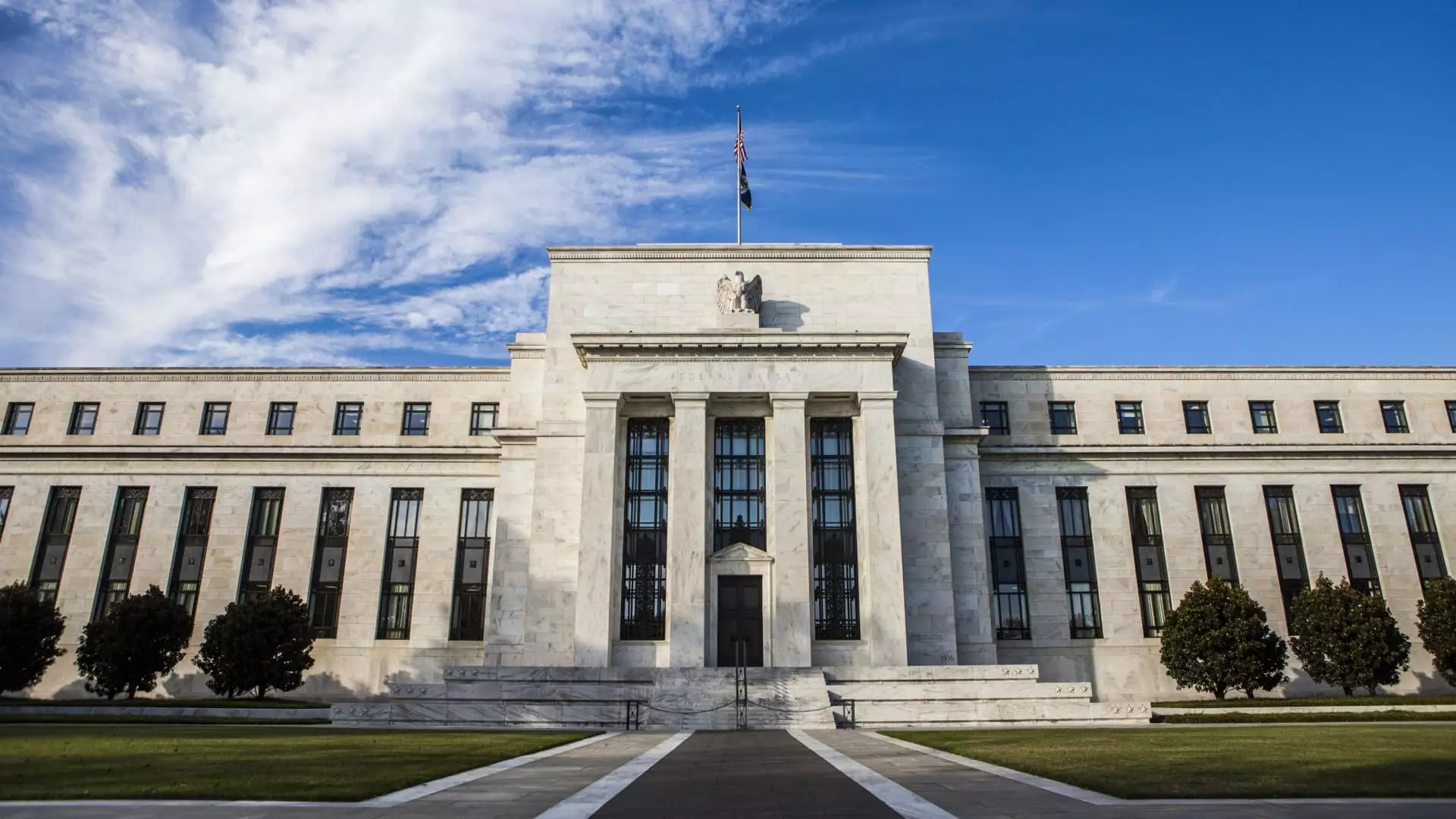The Federal Reserve’s monetary policy is a crucial component of the United States’ economic health, and its decisions regarding interest rates can have far-reaching implications for consumers, businesses, and the broader economy. As we approach the end of a two-day meeting of the Fed, it seems likely that they will maintain interest rates, despite considerable political pressure, including statements from former President Donald Trump advocating for immediate cuts. This situation raises important questions about the central bank’s approach to managing inflation and the consequences for everyday Americans.
In recent years, the Federal Reserve has made significant moves to address inflation, raising the key benchmark rate by 5.25 percentage points between 2022 and 2023. This was a response to rising prices that have consistently surpassed the Fed’s target inflation rate of 2%. Trump’s comments reflect a widely held concern that high interest rates and rampant inflation are stymying economic growth and harming consumers. For many individuals juggling rising costs and elevated borrowing rates, the prospect of immediate relief seems bleak.
Experts warn that consumers hoping for a quick turnaround from the Fed will be disappointed. Matt Schulz, LendingTree’s chief credit analyst, articulated this sentiment well: the Fed will not come to the rescue of those suffering under high debt costs. This perspective underscores the growing disconnect between political rhetoric and the realities of central banking.
The Federal funds rate, set by the U.S. central bank, is pivotal because it influences the rates at which banks lend to one another overnight. While this rate does not directly translate to what consumers pay for loans, it has a pronounced impact on borrowing and saving rates. Lower rates generally lead to decreased borrowing costs for mortgages, car loans, and credit cards, facilitating consumer spending and economic growth. However, most consumers are currently feeling the pinch of high rates, which are reflected in their monthly statements.
Even in the face of rate cuts instituted last year, the average costs for borrowers remain high. Credit cards, which typically feature variable rates linked to the Fed’s benchmark, have not yet undergone the expected adjustments. Greg McBride, Bankrate’s chief financial analyst, notes that even with the Fed’s rate reduction, credit card interest rates remain elevated, hovering around 20%. This scenario results from card issuers often lagging behind the Fed’s actions, leading to increased financial strain on consumers.
Another pressing issue arises in the housing market. Despite the Fed’s attempts to moderate interest rates, mortgage rates have remained high. The 30-year fixed mortgage rate has recently crossed 7%, a steep hurdle for potential homebuyers and one that keeps the housing market stagnant. Existing homeowners are relatively insulated from these changes, as most hold fixed-rate loans that do not fluctuate with changes in the Fed’s policy. Consequently, aspiring buyers find themselves in a challenging position where affordability is compromised by high prices and rigidly high interest rates.
The auto loan sector mirrors these trends. With auto loan rates averaging around 7.47%, coupled with rising car prices, many consumers find themselves burdened by rising debt. Joseph Yoon from Edmunds points out that the Fed’s gradual plan for rate cuts may prolong the affordability crisis faced by new vehicle buyers. Regardless of potential adjustments in interest rates in the upcoming years, the increasing prices of vehicles add an additional layer of complexity for consumers.
Challenges don’t stop at consumer loans; they extend to education finance as well. Most federal student loans have fixed rates, insulating borrowers from immediate fluctuations following Fed decisions. However, new borrowers might find themselves faced with higher rates than their predecessors, as interest rates for federal student loans have increased. For private student loans, which often have variable rates, the situation is even more unstable, leading to varying costs for borrowers based on current benchmarks.
Interestingly, while consumers grapple with precarious debts, the yields offered by high-yield saving accounts have seen a significant boost, thanks to recent Fed rate hikes. McBride observes that consumers who are able to save may find better returns on their deposits than they have in over a decade, providing a silver lining amidst the challenges of inflation and high borrowing costs.
The Federal Reserve’s interest rate policies hold substantial sway over economic conditions, and their decisions in the coming weeks will be closely monitored. While consumers currently navigate a complex landscape of high prices and borrowing costs, the interplay between Federal actions, inflation, and consumer sentiment will shape the economy’s recovery trajectory. As both savers and borrowers adjust to the implications of current policies, the overarching goal remains a balanced approach that fosters growth while keeping inflation in check. Understanding these dynamics is essential for making informed financial decisions in an ever-evolving economic environment.

